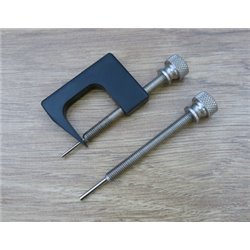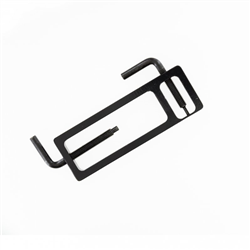Whether you're refining the details of figures or vehicles or adding authenticity to your railway track bed, a...
No products
Product successfully added to your shopping cart
There are 0 items in your cart. There is 1 item in your cart.
Search Tips
Christmas and New Year
We are dispatching orders every weekday apart from Christmas Day, Boxing Day and New Year's Day.
If you order is time critical, select next day delivery at checkout.
The shop in Sandown is closed from 25th December, reopening on 30th December.
What are my options for operating a funicluar railway on my layout ?
A funicular railway, also known as an inclined plane or cliff railway, is a unique feature that can add a lot of interest and realism to a model railway layout. It allows the modeller to simulate the operation of a steeply inclined railway, often found in mountainous or hilly regions. Here are a few options for operating a funicular railway on a layout :
- Gravity-operated system : one option for operating a funicular railway is to use a gravity-operated system. This involves using the force of gravity to move the funicular cars up and down the incline. The cars are usually connected by a cable or chain, with one car going up while the other comes down. The weight of the descending car helps to pull the ascending car up the incline. This system can be simulated on a layout by using small weights or counterweights to create the gravitational force.
- Cable-driven system : another option is to use a cable-driven system to operate the funicular railway. This involves using a motorized winch or pulley system to move the funicular cars up and down the incline. The cars are connected to the cable, which is driven by the motor. This system allows for more control over the speed and movement of the cars. Small motors and gears can be utilised to create this effect on a layout.
- Rack-and-pinion system : a rack-and-pinion system is another option for operating a funicular railway. This system uses a toothed rack along the incline and a pinion gear on the funicular car. The pinion gear engages with the rack, allowing the car to be pulled up and down the incline. This system provides a secure and reliable method of operation. A Modeller can create this effect on their layout by using small gears and toothed racks.
It is important to note that the type of system chosen will depend on the preferences of the modeller, scale of the layout, the practicality of available systems given the configuration of the layout and the desired level of realism. Research of prototype systems in the real world will inevitably help the modeller to determine the pros and cons of available options and thus which one best lends itself to the task at hand.
Click here to receive the tips weekly in your mailbox. You can unsubscribe at any time.









